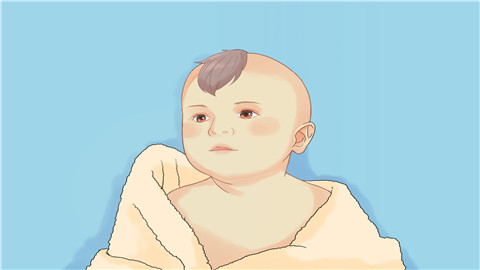How high does jaundice need to be for blue light therapy?
Generally, newborns with jaundice require blue light therapy when their serum bilirubin levels exceed the phototherapy thresholds corresponding to their age in hours or days. If any abnormalities are observed, prompt medical attention is recommended. Detailed analysis is as follows:

Phototherapy thresholds vary depending on the infant's postnatal age and gestational age. For full-term infants, phototherapy may be considered if bilirubin levels exceed 6 mg/dL within 24 hours after birth, 9 mg/dL within 48 hours, or 12 mg/dL at 72 hours or later. Premature infants have lower tolerance and therefore lower thresholds.
If the jaundice does not meet the criteria for phototherapy and the newborn is in good general condition, feeding normally, and passing stools without difficulty, increasing feeding frequency and promoting bowel movements may help eliminate bilirubin. Close monitoring of bilirubin levels is sufficient, and immediate phototherapy is not necessary.
Even when bilirubin levels meet the criteria for blue light therapy, the treatment must be performed by qualified healthcare professionals in a hospital setting to ensure safe and effective reduction of bilirubin levels, along with continuous monitoring of the infant's vital signs and responsiveness.






